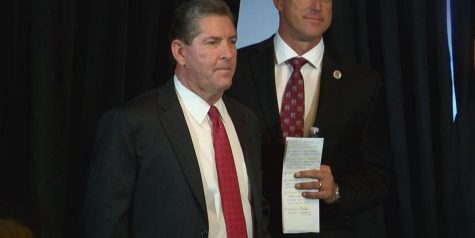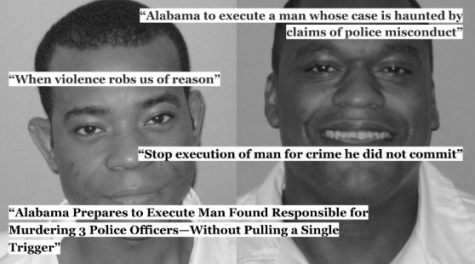Dress Code

October 11, 2019
Freedom of Expression: a term many high school students aren’t familiar with anymore.
There is a law that gives schools the right to control what students can and can’t wear to school within certain limits. In 1969, the case Tinker vs. Des Moines Independent School District involved students who wore black armbands to protest against the Vietnam War.
In the end, the Supreme Court ruled that schools may limit student expression if there is a “legitimate” concern that such expression will disturb or violate the rights of others. Dress code has since evolved from that. It’s no longer about keeping obscene and gang-related things out of the high school atmosphere.
It’s about controlling students to have uniformity. Most dress codes in schools are sexist. Even though the Gaffney High student handbook generalizes the dress code for all “students,” there are a lot of schools that single out specific requirement for girls, such as “girls must not wear tank tops or show cleavage.”
The reason behind the sexism? Girls are told that they can’t dress “provocatively” because it could distract the boys. The image suggests that if a teenage girl is wearing a crop top or jeans with holes in them she is asking to be sexualized. We are teaching girls that their bodies are dangerous and that they should cover up, and we are teaching that it is okay for boys to harass girls for what they are wearing. The phrase “boys will be boys” is not an excuse anymore.
While dress code mainly targets girls, it does affect boys too. There have been cases where boys have been sent home for wearing “feminine fashion”. Is the dress code about protecting students, or is it about protecting the social norms? Whatever happened to being able to express ourselves?








